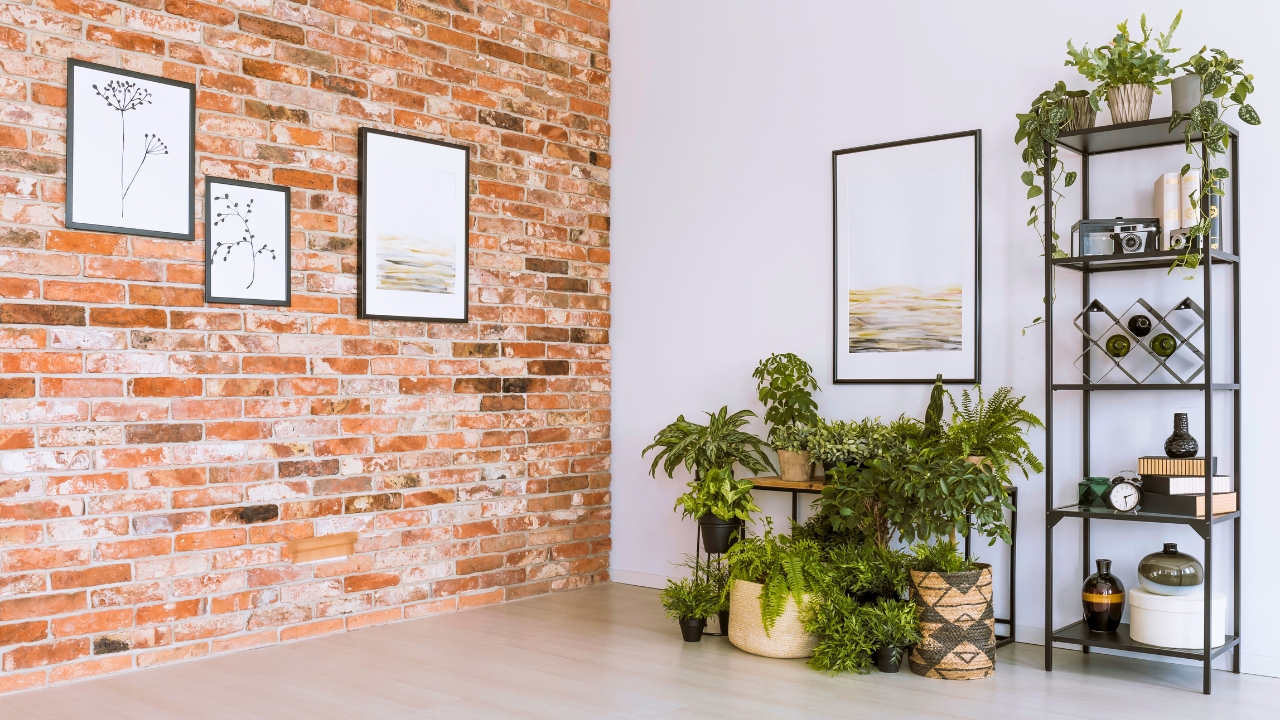You pay attention to the big rooms but you’ve been neglecting this corner
Most people stage the spaces everyone sees: the living room, kitchen, and primary bedroom. But the parts of your house that quietly set the overall tone are the ones in transition—the corners and pass-throughs that connect everything else. When these zones look ignored, they pull down the whole impression, even if your main rooms are dialed in.
If guests can see a neglected corner from a main room, that unfinished feel spreads. The fix isn’t complicated or expensive. It’s about tightening the connective tissue of your house: landings, hallway bends, stair corners, and the dead space near doors.
Give those spots purpose, and everything reads more intentional.
identify the corner that shows from multiple rooms
Stand at your entry, in your living room doorway, and at the top of your stairs. Which corner sits in view from all three? That’s your priority. The goal isn’t to decorate a corner for the sake of it; it’s to stop visual drift so your eye doesn’t snag on dust, cords, and mismatched trim.
Action: Take three quick photos from common sightlines. Corners that look darker, dustier, or visually noisy in every shot get first attention.
fix baseboards, outlets, and light temperature first
Most neglected corners share the same tells: scuffed baseboards, yellowed outlet covers, and a light temperature that doesn’t match the adjacent room. Start with maintenance. Caulk gaps, refresh paint at base and casing, and replace plates. If this corner is a junction between warm and cool bulbs, choose one temperature for both areas (2700–3000K reads warm and lived-in).
Tip: A $20 set of screwless plates and one quart of trim paint will upgrade the corner more than new decor ever will.
add a “soft anchor” that earns its keep
Corners die when they’re empty but also when they become catch-alls. A small cabinet, narrow ladder shelf, or plant stand gives the corner a job and closes visual gaps. If the corner sits near an entry, tuck a lidded basket at the base for gloves, dog leashes, or kid gear. If it’s on a landing, use a closed cabinet for linens or board games so the area supports real life.
Sizing: Keep depth under 14 inches in pass-throughs so you don’t clip shoulders or snag bags.
control vertical lines with art and mirrors
Art hung at eye level (center around 57–60 inches) stabilizes corners that feel tall and empty. If the corner is dark, a mirror across from a window can bounce light, but choose a frame that repeats your hardware finish so it doesn’t feel random. Avoid skinny, floating frames that disappear; a substantial frame gives the spot weight.
Layout: One piece is better than three tiny ones. If you have multiple small frames, combine them into a tidy grid on a secondary wall and give the corner one confident piece.
manage cords, vents, and returns
Corners often hide returns and cable nests. Don’t style over problems—fix them. Swap dented registers, vacuum fins, and repaint returns to wall color so they recede. Route cords in adhesive raceways and run them down the back leg of furniture with Velcro ties. A corner that hums with cables feels unfinished no matter what you set on the shelf.
Reality check: Photograph again. If the cord shows, your eye will always land there first.
add light that isn’t theatrical
Corners read neglected when they’re dim at night. A small task lamp on a cabinet, a wall sconce (plug-in is fine), or a discreet uplight behind a plant dissolves the gloom. Match bulb temperature to adjacent rooms and avoid novelty lamps that pull attention for the wrong reasons.
Small win: A battery picture light can lift art in a dark bend without running new wire.
train the corner with a reset routine
Good corners fail when the system around them fails. Keep a small catch-all tray on the cabinet for keys or chap stick, then empty it during your nightly reset. Set a monthly reminder to dust baseboards and wipe registers. When maintenance is on autopilot, the corner holds its shape.
Time budget: Five minutes weekly for dusting and tray reset; ten minutes monthly for vents and baseboards.
how to know you got it right
Walk the main sightline again. If your eye flows past the corner without pausing, you’re done. The best corner upgrades disappear into the overall feel of the house. They don’t announce themselves—they stop the house from looking half dressed.
Like Fix It Homestead’s content? Be sure to follow us.
- I made Joanna Gaines’s Friendsgiving casserole and here is what I would keep
- Pump Shotguns That Jam the Moment You Actually Need Them
- The First 5 Things Guests Notice About Your Living Room at Christmas
- What Caliber Works Best for Groundhogs, Armadillos, and Other Digging Pests?
- Rifles worth keeping by the back door on any rural property
*This article was developed with AI-powered tools and has been carefully reviewed by our editors.







